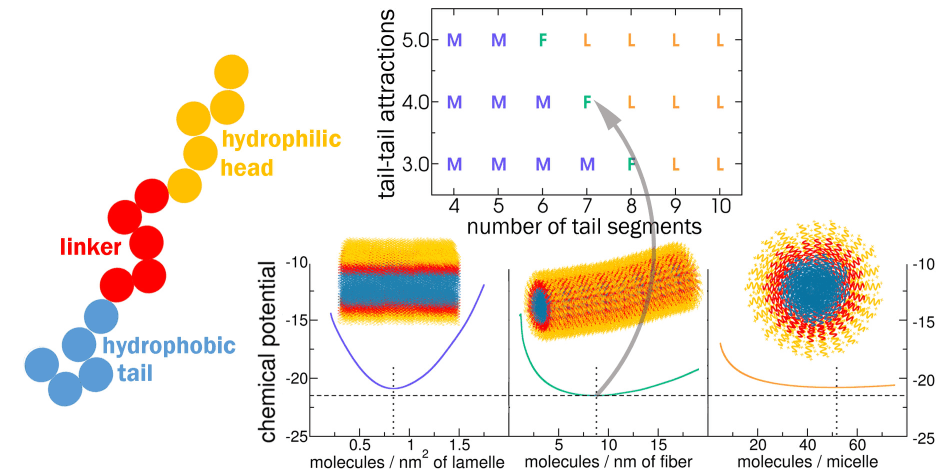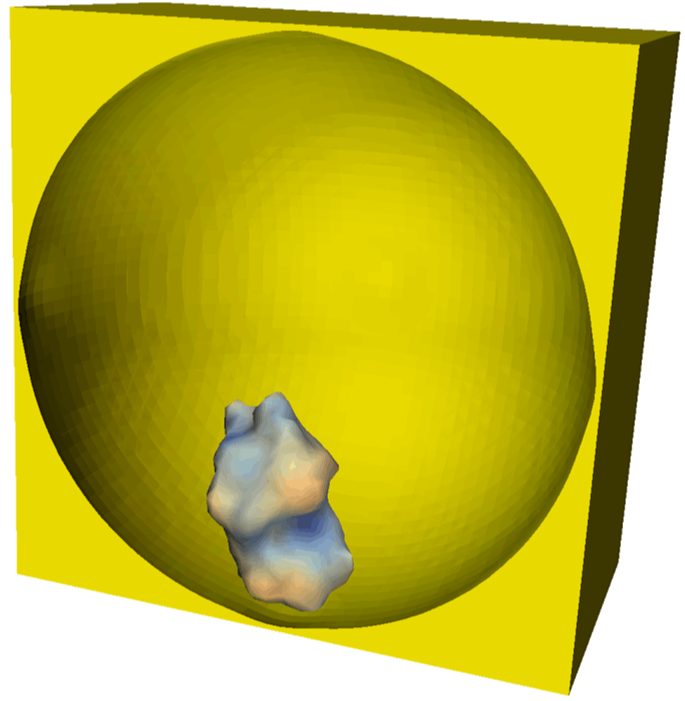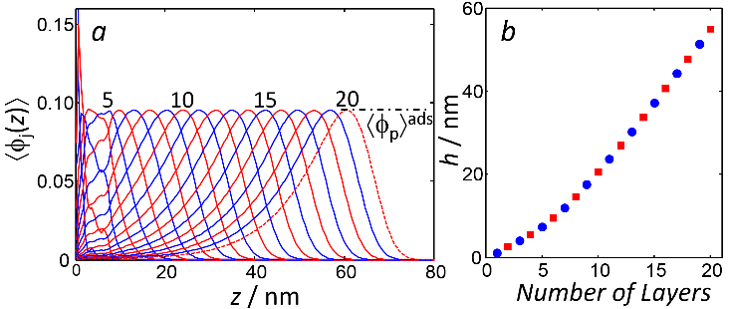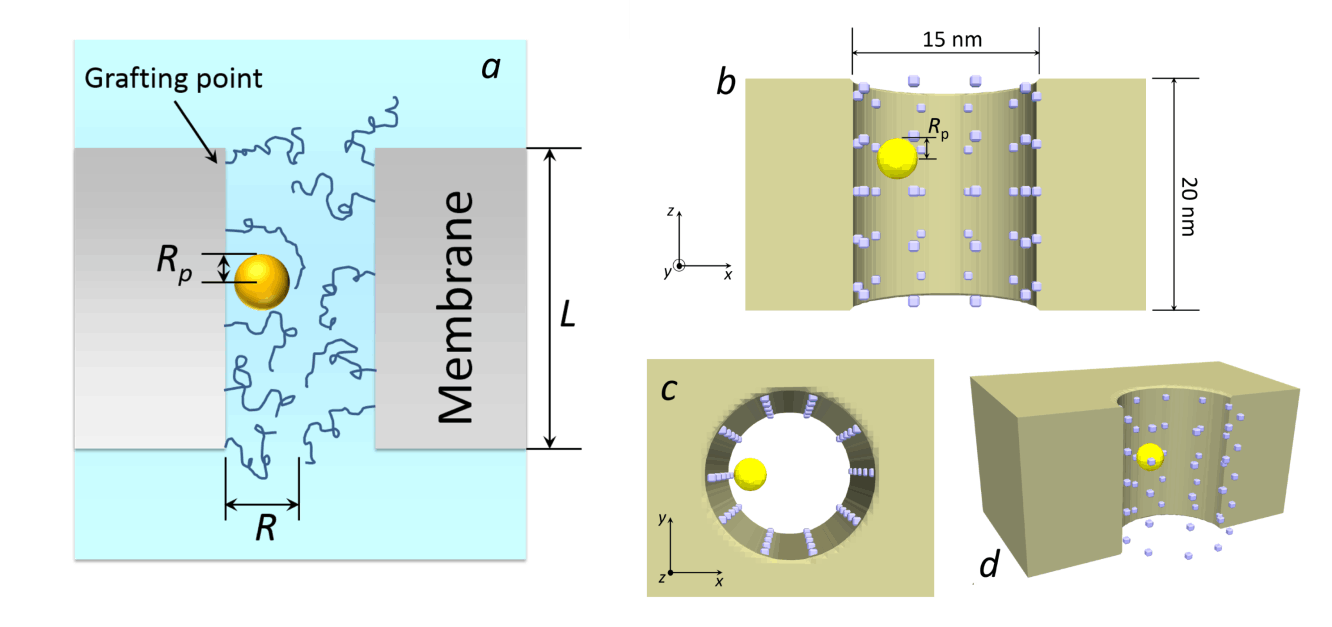Theoretical Modeling of Surfactant Self-Assemly
We develop new theoretical models for surfactant self-assembly using a molecular theory, a statistical mechanical tool that predicts the thermodynamics and structure of the system, explicitly including the molecular details of all chemical species in it.
Our goal is to understand how the the molecular architecture of the surfactant and solution conditions directs the self-assembly of nanostructures in solution.
We also colaborate with the group of Martin Conda-Sheridan at the University of Nebraska Medical Center to explore the self-assembly and biological propeties of peptide-amphiphiles (amphiphiles that contain a peptide headgroup and a hydrocarbon tail)
Zaldivar, G.; Samad, M. B.; Conda-Sheridan, M.; Tagliazucchi, M., “Self-Assembly of Model Short Triblock Amphiphiles in Dilute Solution”, Soft Matter, 2018,14, 3171-3181



